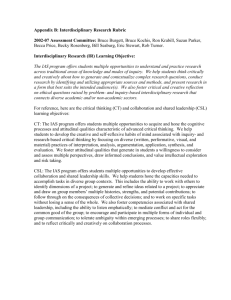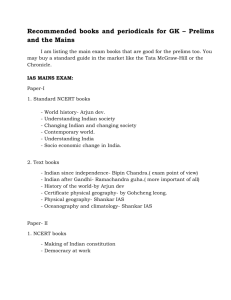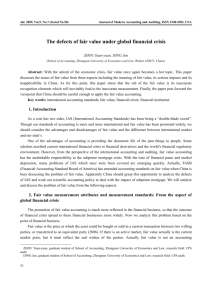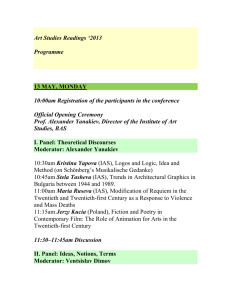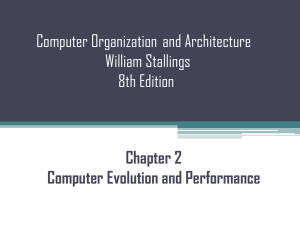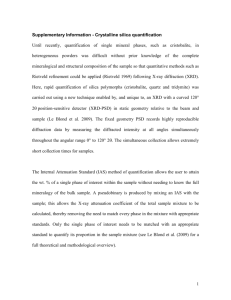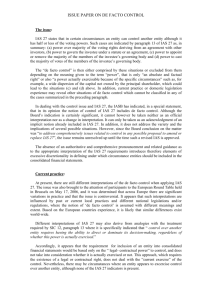Writing and Presentation Assessment Rubric
advertisement
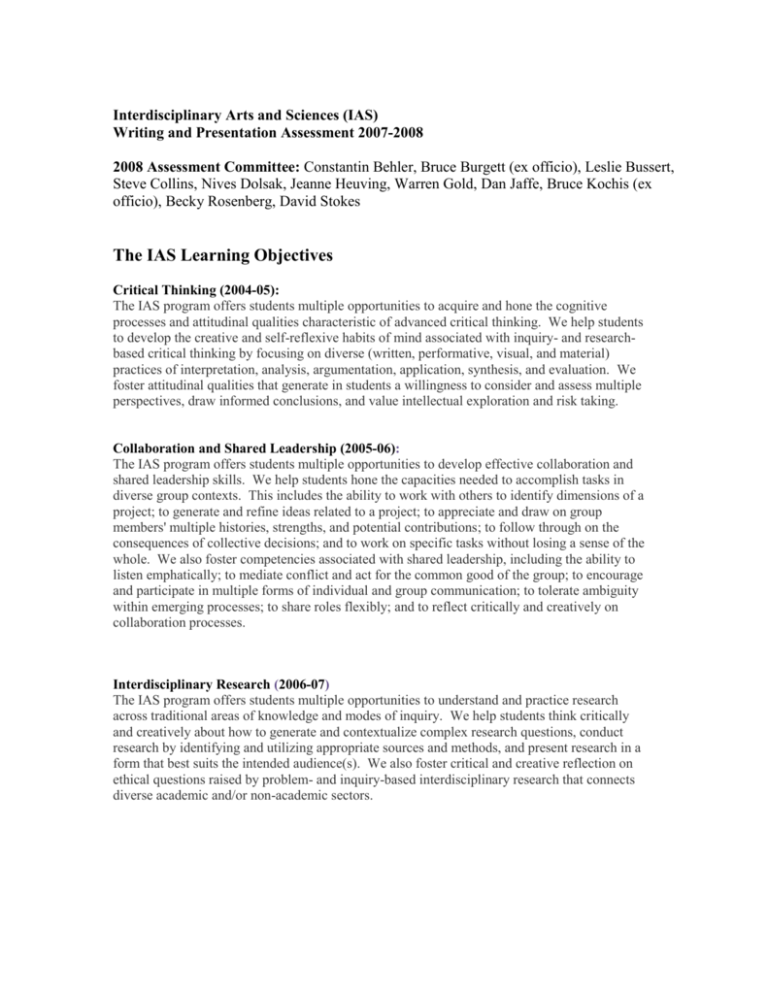
Interdisciplinary Arts and Sciences (IAS) Writing and Presentation Assessment 2007-2008 2008 Assessment Committee: Constantin Behler, Bruce Burgett (ex officio), Leslie Bussert, Steve Collins, Nives Dolsak, Jeanne Heuving, Warren Gold, Dan Jaffe, Bruce Kochis (ex officio), Becky Rosenberg, David Stokes The IAS Learning Objectives Critical Thinking (2004-05): The IAS program offers students multiple opportunities to acquire and hone the cognitive processes and attitudinal qualities characteristic of advanced critical thinking. We help students to develop the creative and self-reflexive habits of mind associated with inquiry- and researchbased critical thinking by focusing on diverse (written, performative, visual, and material) practices of interpretation, analysis, argumentation, application, synthesis, and evaluation. We foster attitudinal qualities that generate in students a willingness to consider and assess multiple perspectives, draw informed conclusions, and value intellectual exploration and risk taking. Collaboration and Shared Leadership (2005-06): The IAS program offers students multiple opportunities to develop effective collaboration and shared leadership skills. We help students hone the capacities needed to accomplish tasks in diverse group contexts. This includes the ability to work with others to identify dimensions of a project; to generate and refine ideas related to a project; to appreciate and draw on group members' multiple histories, strengths, and potential contributions; to follow through on the consequences of collective decisions; and to work on specific tasks without losing a sense of the whole. We also foster competencies associated with shared leadership, including the ability to listen emphatically; to mediate conflict and act for the common good of the group; to encourage and participate in multiple forms of individual and group communication; to tolerate ambiguity within emerging processes; to share roles flexibly; and to reflect critically and creatively on collaboration processes. Interdisciplinary Research (2006-07) The IAS program offers students multiple opportunities to understand and practice research across traditional areas of knowledge and modes of inquiry. We help students think critically and creatively about how to generate and contextualize complex research questions, conduct research by identifying and utilizing appropriate sources and methods, and present research in a form that best suits the intended audience(s). We also foster critical and creative reflection on ethical questions raised by problem- and inquiry-based interdisciplinary research that connects diverse academic and/or non-academic sectors. 2 Proposed Writing and Presenting Learning Objective: The IAS program offers students many and varied opportunities to engage in writing and other modes of expression as processes for critical thinking, interdisciplinary research, and collaboration and shared leadership. We help students develop significant purposes for their work and awareness of audience and context. We help students learn to choose a form of reasoning, level of analysis, and use of evidence appropriate to their purpose and audience. We encourage creative explorations of questions, problems, and challenges as well as effective forms and methods of delivery. We help students cultivate clear and coherent organization and expression in a variety of genres. We provide opportunities for students to participate in the making of academic, professional, informal, and innovative discourse, and to engage with the ethical dimensions of this activity. We encourage self-reflection, instructor-student collaboration, and peer response as processes that can enhance understanding and improve the effectiveness of expression and communication. 3 IAS Assessment Rubric for Writing and Presenting: 1) The student selects approaches appropriate to audience and context. Scant 1 2 3 Little or no awareness of context. Audience not evident or inconsistent. Substantially Developed 4 5 Demonstrates careful attention to context. Audience clearly identified and consistent throughout work. 2) The student selects forms of reasoning, levels of analysis and use of evidence appropriate to the purpose. Scant 1 2 3 Purpose not clear. Sources and evidence not credible or appropriate. Evidence provided without analysis. Substantially Developed 4 5 Purpose is clear. Uses a wide variety of credible and appropriate sources and evidence. Evidence carefully analyzed. 3) The student’s work is creative in exploring questions, problems, and challenges. Scant 1 2 3 Uses only unimaginative formats inappropriate to college-level work, without experimentation or risk-taking Substantially Developed 4 5 Imaginative response to rhetorical situation, drawing on alternative forms. Experiments and takes risks with forms. 4) The student’s work demonstrates effective use of forms and modes of delivery in a variety of genres. Scant 1 2 3 Form of presentation and mode of delivery do not match and are inconsistent with the genre chosen. 5) The student evaluates, represents and cites sources ethically. Substantially Developed 4 5 There is a close match between effective use of form and modes of delivery in the genre chosen. 4 Scant 1 2 Distorts or omits evidence to support a position. Uses logical fallacies to promote a position. Fails to cite sources. 3 Substantially Developed 4 5 Evidence is accurately and fairly represented in arriving at a position. Credits sources with accurate citation.
